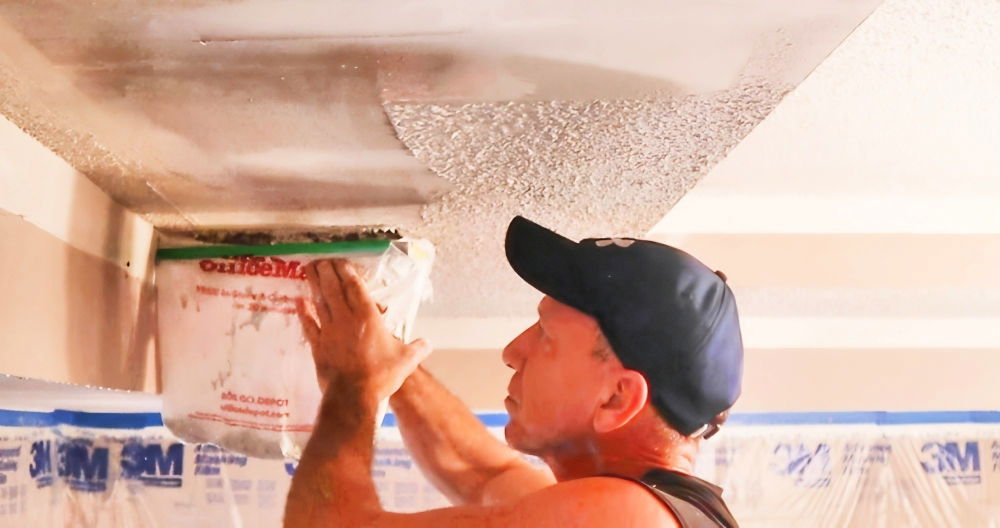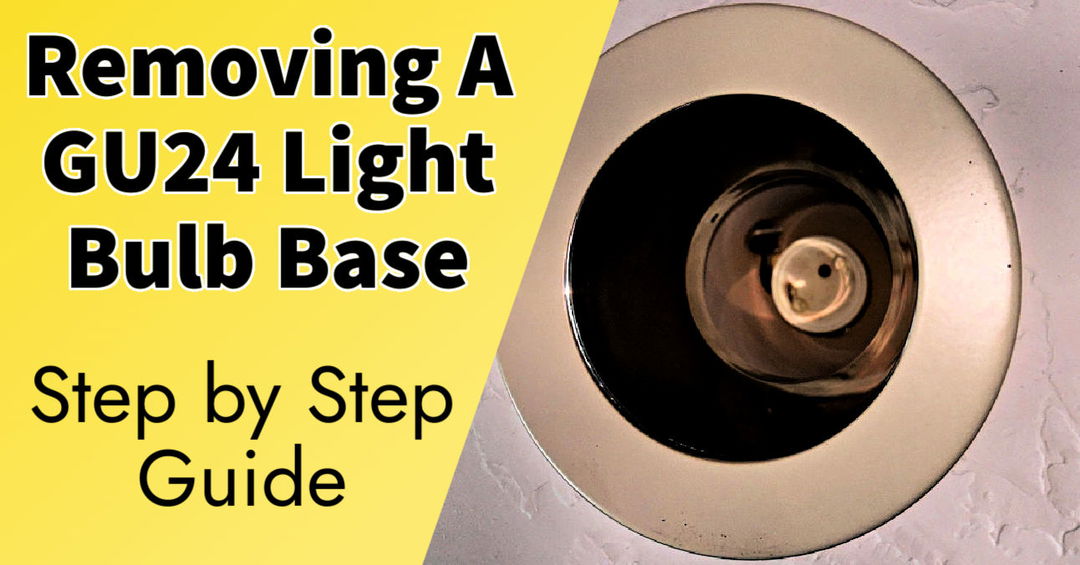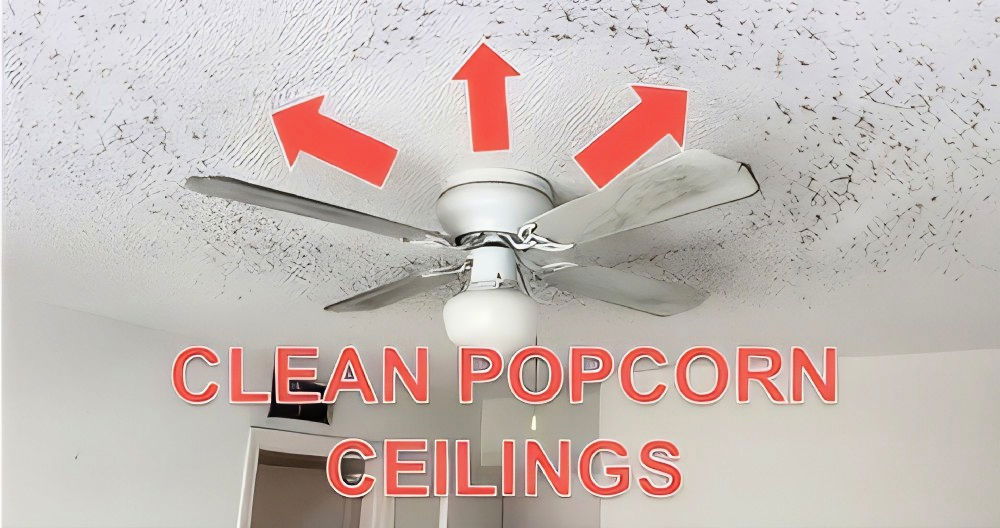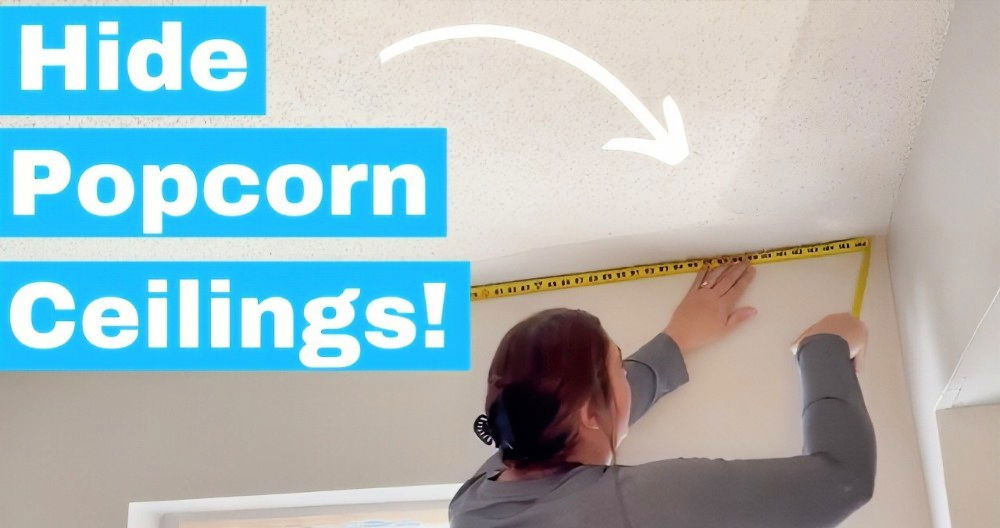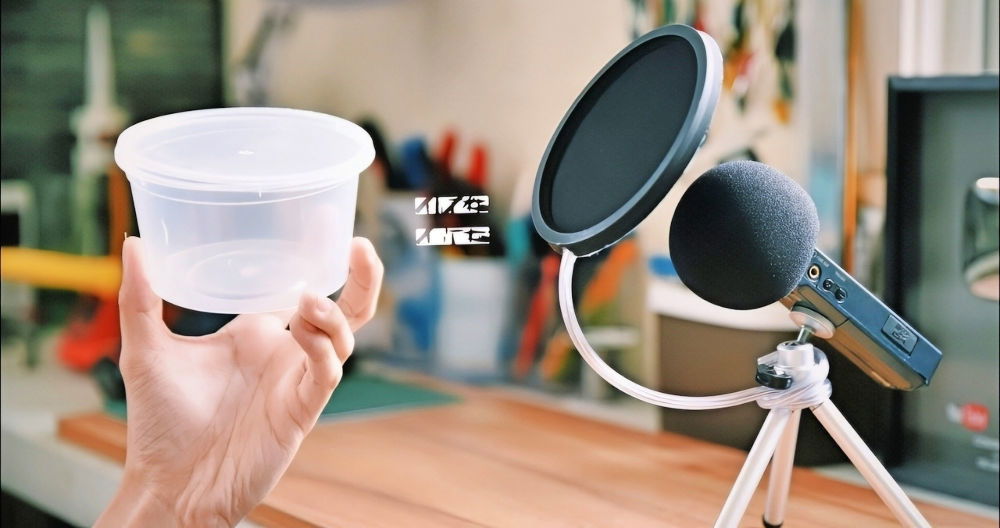Learn the ideal ceiling fan direction for each season to boost comfort and energy savings. When it comes to home comfort, ceiling fans are often overlooked heroes, quietly circulating air to keep us comfortable. However, using a ceiling fan effectively requires more than just flipping a wall switch. In fact, changing the direction your ceiling fan spins can help keep your home comfortable year-round, while also saving energy and reducing utility bills. Let's explore how to optimize your ceiling fan's rotation for both summer and winter, understand why fan direction matters, and discover the simple steps to adjust it.
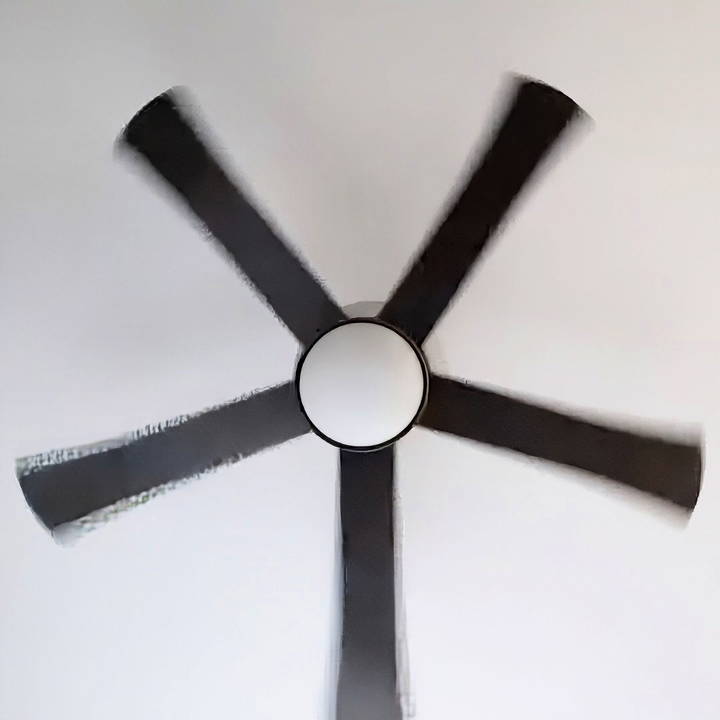
Why Ceiling Fan Direction Matters
You might be surprised to learn that the direction your ceiling fan rotates has a significant impact on how it circulates air. In the summer, setting the fan to spin counterclockwise creates a cooling breeze, while in the winter, a clockwise rotation helps distribute warm air throughout the room. By understanding how to adjust your fan's direction, you can harness its full potential to manage your home's temperature and energy use more effectively.
Most modern ceiling fans have a built-in directional switch, often on the fan's motor or via a remote control, which allows you to change the fan's direction easily. This small adjustment takes only a few seconds but can lead to noticeable comfort improvements and utility bill savings.
Step by Step Instructions
Learn how to set your ceiling fan for summer with step-by-step instructions and optimize its direction for energy efficiency and comfort.
1. How to Set Your Ceiling Fan for Summer
In the warmer months, the primary goal of ceiling fans is to create a cooling effect. This is achieved by setting your fan to spin counterclockwise.
The Counterclockwise (Summer) Setting
- Check the Fan's Rotation: Stand under the fan and observe the blade rotation. If the fan is moving counterclockwise, you should feel a cool breeze blowing down directly.
- The Cooling Effect: A counterclockwise rotation pushes cool air down into the room. This airflow creates a wind-chill effect by helping to evaporate perspiration from your skin, making you feel cooler even though the actual room temperature doesn't change. In fact, this cooling effect can make you feel up to eight degrees cooler!
- Energy Savings: By using your ceiling fan in this way, you can raise your thermostat by a few degrees without sacrificing comfort. Since air conditioning is one of the biggest contributors to high energy bills in the summer, relying on fans can save you as much as 40% on AC costs.
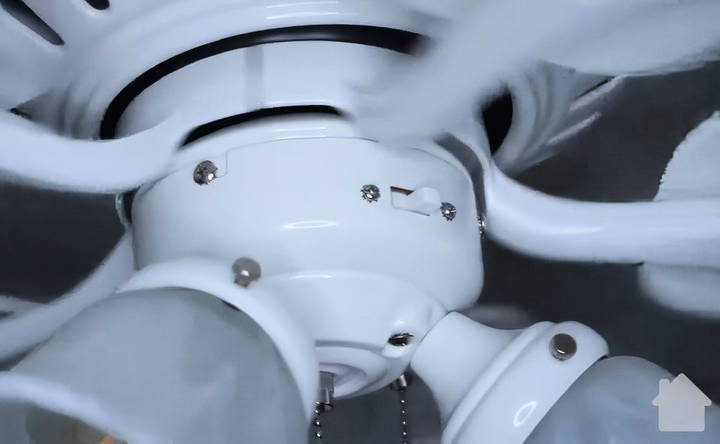
How to Adjust to Summer Mode
Most ceiling fans have a small switch on the motor housing that you can flick to change direction. Flip this switch so the fan spins counterclockwise during summer months.
Quick Check for Proper Summer Setting
To confirm your fan is set for summer, stand beneath it while it's running on high speed. If you feel a strong breeze coming down, then it's set correctly. If not, try adjusting the direction switch.
2. How to Set Your Ceiling Fan for Winter
During the colder months, ceiling fans serve a different purpose. Instead of creating a cool breeze, they can help circulate warm air that tends to rise and become trapped near the ceiling.
The Clockwise (Winter) Setting
- Check the Fan's Rotation: For winter, set the fan to rotate clockwise at a low speed. Stand underneath and look up to see if the blades are moving clockwise.
- The Warm Air Redistribution: Running your fan clockwise at a low speed pulls cool air up, which pushes the warm air accumulated near the ceiling down along the walls and back to the floor. This process gently redistributes warm air throughout the room without creating a draft, making the room feel warmer.
- Energy Savings: Using your fan in this way allows you to lower your heating thermostat by a few degrees, which can reduce heating costs by up to 15% per month. Not only does this save energy, but it also helps reduce wear on your heating system by minimizing its workload.
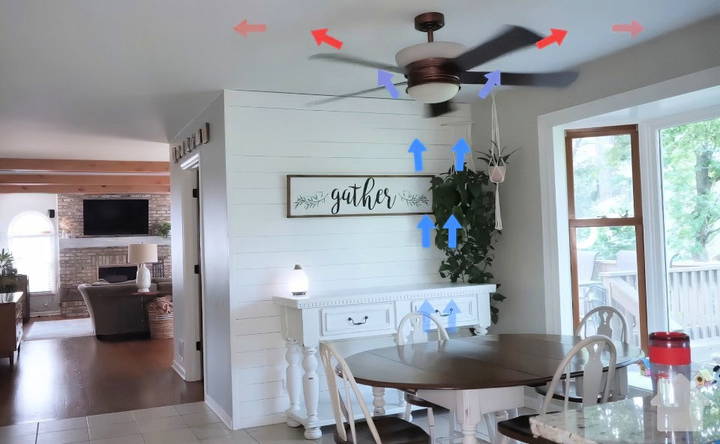
How to Adjust to Winter Mode
Once again, locate the directional switch on your fan and flip it to the opposite position so the blades rotate clockwise. Remember to set the fan to a low speed for optimal warmth distribution without a strong draft.
Benefits of Changing Ceiling Fan Direction
- Enhanced Comfort: Adjusting the fan direction according to the season can make your home feel more comfortable without relying solely on your HVAC system.
- Energy Savings: Proper ceiling fan use can lead to noticeable savings on both heating and cooling bills. A well-used fan can save up to 40% on cooling costs in summer and 15% on heating costs in winter.
- Extended HVAC Lifespan: By reducing the strain on your heating and cooling systems, you not only save on utility bills but also help prolong the life of your HVAC system.
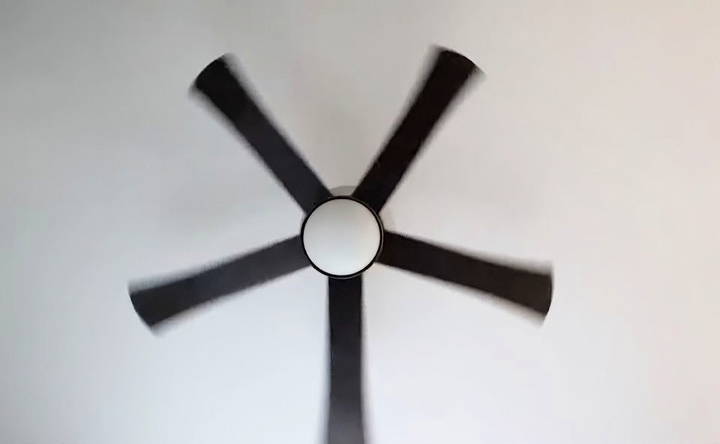
Tips for Optimizing Ceiling Fan Usage Year-Round
- Combine with Thermostat Adjustments: Adjust your thermostat up in summer and down in winter when using your ceiling fan. This lets you maximize energy savings.
- Use Smart Controls: Many modern ceiling fans come with remote controls, smartphone apps, or integration with home automation systems, allowing you to adjust the direction and speed conveniently.
- Clean Fan Blades Regularly: Dust buildup can hinder fan efficiency. Make it a habit to clean your fan blades every few months to ensure it runs smoothly and doesn't circulate dust around the room.
- Choose the Right Fan for Each Room: For large rooms, consider fans with a larger blade span or multiple fans to ensure adequate airflow. In smaller rooms, a single fan with an appropriate blade span will be sufficient.
Final Thoughts on Ceiling Fan Direction
The concept of adjusting ceiling fan direction with the seasons might seem minor, but it's an easy and effective way to improve home comfort while cutting energy costs. By setting your ceiling fan counterclockwise in summer to create a cool breeze and clockwise in winter to recirculate warm air, you can make your home more comfortable without over-relying on heating or cooling systems.
This simple change requires only a few seconds but can yield lasting benefits for both your comfort and your wallet. So, the next time you feel the urge to reach for the thermostat, remember that adjusting your ceiling fan direction might be all you need to achieve your ideal indoor climate.
FAQs About Ceiling Fan Direction
Discover essential FAQs about ceiling fan direction to maximize comfort and energy efficiency in your home. Get expert tips and advice.
Yes, changing the fan direction is surprisingly effective. Using the fan’s wind-chill effect in summer and heat recirculation in winter allows you to rely less on your HVAC system, leading to savings and enhanced comfort.
Most ceiling fans have a small switch on the motor housing. However, some models, especially newer ones, allow you to change direction via remote control or even a smartphone app.
If your fan lacks a direction switch, it may be an older model designed only for a single direction. You could consider upgrading to a modern, energy-efficient ceiling fan with directional capabilities.
In most cases, it’s best to use your ceiling fan only when you're in the room. Ceiling fans cool people, not spaces, by creating a breeze, so there’s no benefit to leaving it on in an empty room. In winter, you may want to keep it on a low setting to help circulate warm air.
While savings can vary, studies estimate that using ceiling fans can reduce cooling costs by up to 40% and heating costs by around 15%. This translates to significant savings over the course of a year, especially in areas with extreme seasonal temperatures.
To determine the rotation direction, stand directly below the fan and look up. In clockwise rotation, blades will appear to move from left to right, while in counterclockwise rotation, they will move from right to left. Alternatively, you can feel the airflow: in summer mode (counterclockwise), you should feel a breeze below the fan; in winter mode (clockwise), there will be minimal airflow directly underneath.
If your ceiling fan lacks a built-in switch, you may need to consider upgrading to a model with directional functionality, as most modern fans include this feature. Alternatively, use a floor fan in winter to help circulate warm air from the ceiling downward.
Yes, it can be particularly effective with high ceilings. In winter, setting the fan to clockwise rotation can help bring warm air down from the ceiling level, which otherwise may stay trapped above, making the room feel cooler. However, wait at least 10-15 minutes for temperature adjustments to take effect.
If your vents are located on the floor, use the fan’s summer (counterclockwise) setting to push cool air up and circulate it effectively. For ceiling vents, use winter (clockwise) mode to draw cool air down. Adjust settings based on which part of the room you want to feel the airflow.
Video recordings can sometimes mirror images, making the fan direction appear reversed. Also, perspectives from above or below the fan alter the perception of clockwise versus counterclockwise. Always check the direction by observing the airflow or by viewing the rotation from directly underneath.
Stand beneath the fan: if you feel a breeze, it’s pushing air downwards (good for summer). If the airflow is minimal directly under the fan, it’s likely pulling air up (good for winter). Alternatively, observe which side of the fan blade’s angle is "cutting" through the air—this can hint at whether the air is directed up or down.
No, ceiling fans primarily alter how the temperature feels. In summer, fans create a cooling effect by evaporating sweat, while in winter, they help redistribute warm air. However, fans don’t directly lower or raise room temperatures; they simply make rooms feel cooler or warmer.
This could be due to blade angle or fan design. Some fans are less effective at creating noticeable airflow depending on the blade pitch or mounting height. You might need to experiment with fan speed or direction to achieve the desired effect, especially if the fan’s airflow feels weak.
Generally, yes. On upper floors where warm air rises, use the fan's winter (clockwise) setting to redistribute warmth in colder months. On lower floors, the summer (counterclockwise) setting can keep air circulating and assist with cooling.


